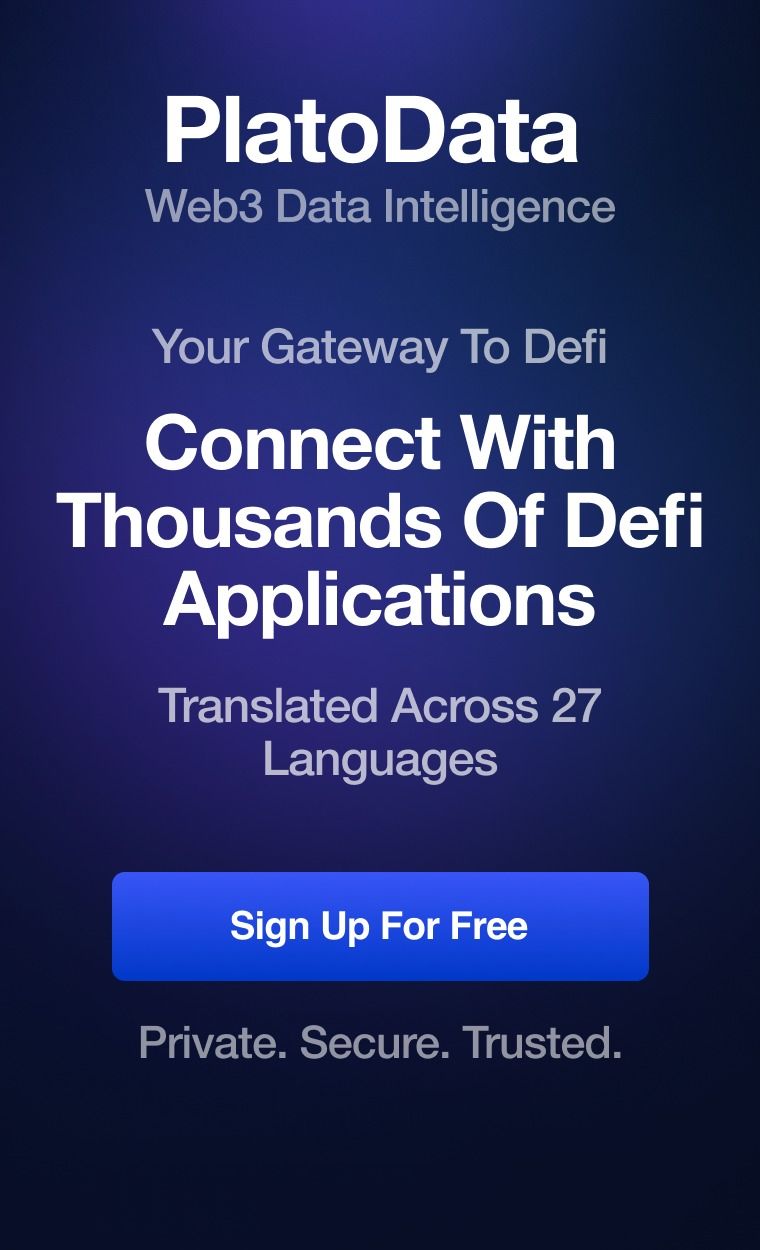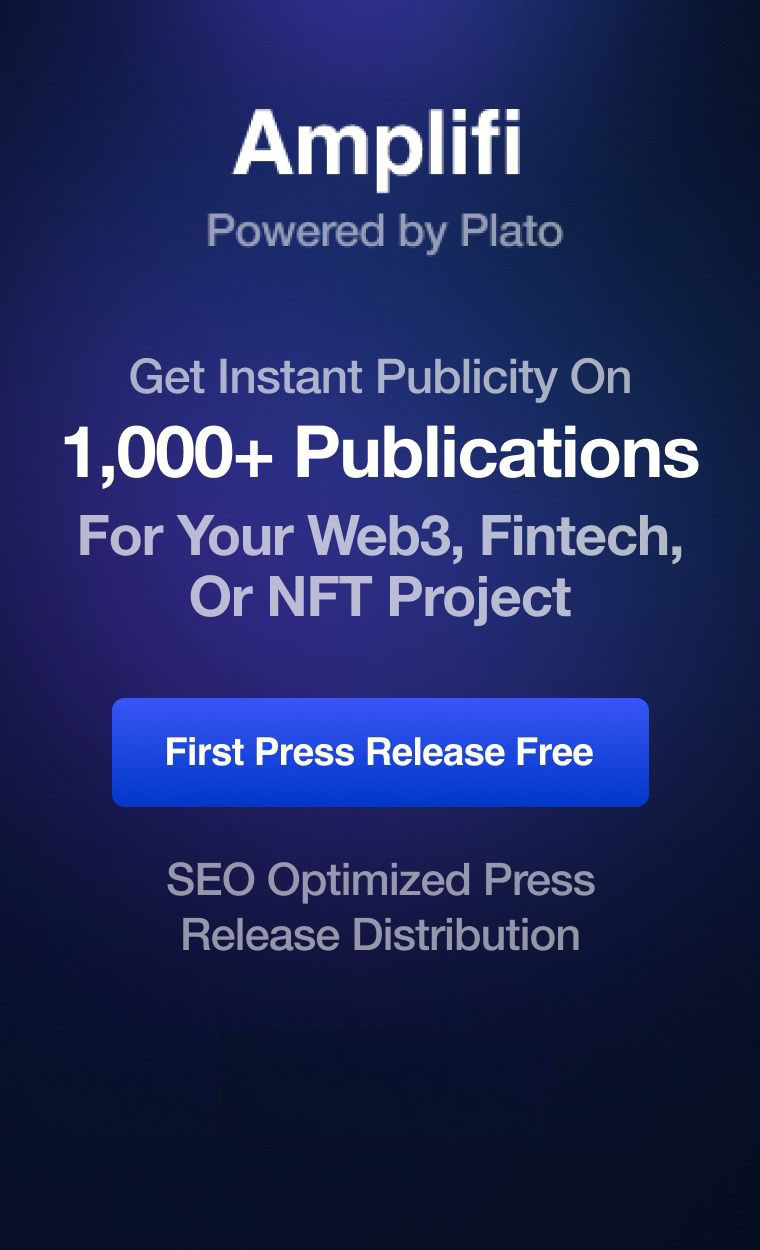
Bank of Thailand just announced a project to develop a prototype system for a CBDC issued on a blockchain, accessible to businesses.
This is meaningful to me for two reasons:
- I was part of the original team that created the Inthanon series of projects in 2018, and it’s great to see that these early pioneering efforts continue to be built upon.
- I think that they have hit the near-term sweet spot for programmable money. They really seem to get it.
The three elements that stood out to me were:
- It’s money on a blockchain
- It’s initially aimed at businesses
- It’s issued by a central bank
1. It’s on a blockchain
This is the most important bit. Issuing money that is defined by smart contracts paves the way for programmability. No longer is the money an inert number sitting in a database. The money comes with – is defined by – code.
Code that is transparent to all, and can be extended with other code to perform logical business processes (but without needing to pay for and rely on a business to do it).
Code that can be trusted to work as-is. Code that can be built on, and built on, and built on.
This is the basis of programmable money which will lead to incredibly useful designer money.
2) It’s initially aimed at businesses
Historically central banks have only issued digital money to banks and specific financial institutions. These are sometimes known as clearing banks – the elite club eligible to have a direct bank account with the central bank. This, of course, gives them an advantage over everyone else. There is a price to pay: there are hurdles to getting a license.
The fact that this CBDC is aimed at businesses is the sweet spot for two reasons:
- Extending the club to a specific list of vetted business is less of a stretch for the central bank than figuring out how to make the money accessible to all households (a true ‘retail’ or ‘general purpose’ CBDC). It’s just bigger club.
- Initially businesses have the capital, talent, and motivation to find a use for programmable money, in a controlled environment.
These two points give the central banks comfort – they have control over the system (That’s ok! It’s their debt after all!) and they can see how it evolves. They don’t need to worry about teenagers in pyjamas in their bedrooms innovating.
The tension, of course, is with the commercial banks. If corporates can access central bank money directly without holding it in a commercial bank account, commercial banks will need to up their game in terms of the value they offer. That’s… not a bad thing.
3) It’s issued by a central bank
Businesses today can, and do, use stablecoins (money issued by private sector entities, backed by commercial bank deposits). Examples are Tether, TUSD, USDC, PAX. And it’s not just crypto traders either. In some countries, particularly developing economies, non-crypto businesses are starting to use stablecoins for the 10x user experience improvement over local banking services.
However, these stablecoins have multiple layers of risk – the very least of them being operational risks associated with their issuer and the issuer’s bank.
Central bank issued money is the “safest” or “least risky” form of money, so businesses should prefer this over commercial bank stablecoins or e-money stablecoins, all else being equal.
Conclusion
While public blockchain stablecoins continue to innovate (and occasionally screw up) with breathtaking speed, this move by the Bank of Thailand is a meaningful step, and is probably the sweet spot for progress in the traditional financial sector.
Ultimately this form of programmable money will be available to all, on public blockchains. Either directly, or via automated trustless cross-chain atomic swaps. The teenager in pyjamas in their bedroom can, and should be, allowed to innovate. This is where real progress is made – when the collective imagination of unconstrained thinkers can build on each others’ ideas.
Source: https://bitsonblocks.net/2020/06/20/the-sweet-spot-for-programmable-money/



